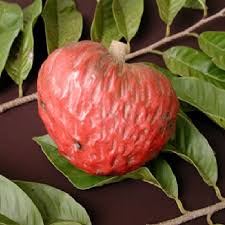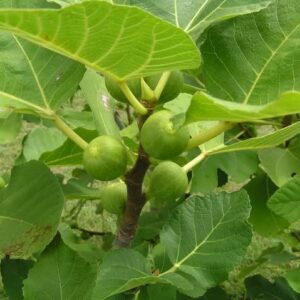Description
Description for Spathodea Campanulata, Fountain Tree
The tree has a stout, tapering, somewhat buttressed trunk covered in warty light gray bark.
Caring for Spathodea Campanulata
- Begin caring for a weeping snow fountain cherry tree by planting it correctly.
- Place the tree in a hole that is at least twice as large as its root ball, and use soil that has been combined with light, organic mulch.
- Before the tree is placed in the hole, the roots need to be loosened.
- After the tree is in the hole, the hole needs to be filled with the soil and mulch mixture.
- The tree must be watered well after transplantation.
- Mulch the area around the tree, but make sure the mulch does not touch the trunk.
- To keep the tree standing straight, tie it to a sturdy stake that has been inserted into the ground.
Typical uses of Spathodea Campanulata
Special features:
Ornamental use: African tuliptrees are grown for shade, color and tropical effects. The wood is difficult to burn, so the tree is also valuable for fire resistant landscaping.
African tulip tree is planted as an ornamental, a wayside tree and shade tree.
Medicinal use: Spathodea campanulata has many medicinal uses both where it is native and introduced. Extracts of bark, leaves and flowers are used to treat malaria, HIV, diabetes mellitus, oedema, dysentery, constipation, gastrointestinal disorders, ulcers, skin diseases, wounds, fever, urethral inflammation, liver complaints and as a poison antidote. It may be effective as a malaria prophylactic and in the control of Aedes mosquitoes.






Reviews
There are no reviews yet.